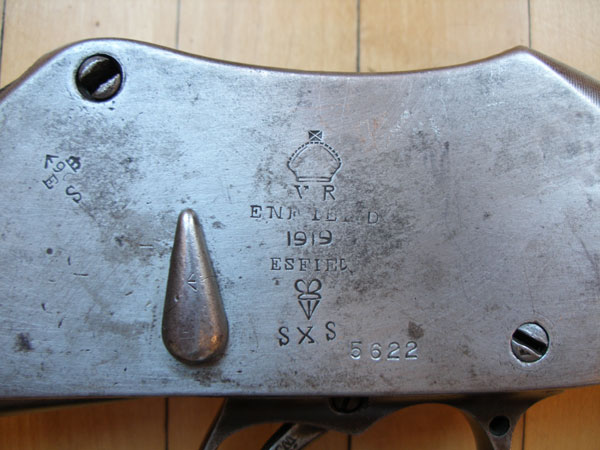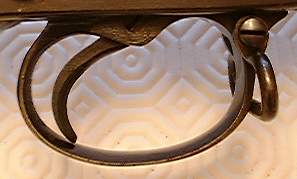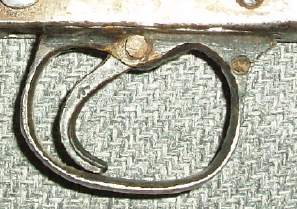 |
||||||||||
|
Overview One of the more interesting, but less valuable Martinis available for sale today are "Khyber Pass Martinis". Since the beginning of our country's war on Islamofacism, I've been receiving a steadily increasing amount of emails from GIs stationed in Afghanistan who are purchasing these rifles at bazaars, then seeking more information about them. The goal of this page is to educate potential shoppers about these poor quality, and potentially unsafe rifles, that are often represented by unscrupulous sellers as the "Real McCoy". About the Khyber-Pass The Khyber Pass is a 33 mile route through the Hindu Kush mountain range. It connects the northern frontier of Pakistan with Afghanistan. There has been a teeming arms industry in this part of the world for many decades. The local craftsmen there are well known for making "knock-off", or reproduction firearms (including AK-47's, grenades, landmines and RPGs nowadays as I understand). Martinis were one of the most prolifically copied weapons, and the Khyber Pass region is filled with these weapons to this day. Typos
What are they worth? To be blunt, not much. While these weapons were built to be functional, the methods employed in their construction were slipshod, haphazard, and not even up to 19th century standards. British-Made Martini-Henrys were made in precision factories, by forging, milling and machining. A tremendous amount of precision, quality control and labor went into ensuring quality and functionality. In stark contrast, Khyber Pass Martinis were made by hand in primitive blacksmith forges, with chickens and goats running around. Parts are generally not interchangeable, and the metallurgy is questionable. Thus, the difference in quality is generally evident by a cursory inspection of the rifle. Quality and condition play a huge part in determining the condition of the rifle. As a result, most Khyber Pass Martinis are worth about $200. This value can go up or down by about $100, depending on condition/appearance. These rifles, in my opinion, are only good as wallhangers or conversation pieces. How to spot a Khyber-Pass Martini Picture this scenario...two Martinis are being offered for sale. One is a Khyber Pass-Martini worth $150, the other is a British-Made Martini-Henry worth $800. Which would you prefer? Can you tell which is which? The primary means of being able to spot the Khyber-Pass Martini lies in scrutinizing, analyzing and recognizing the commonly seen anomalies and characteristics unique to Khyber Pass Martinis. There are four main areas we will discuss that will allow you to spot a Khyber Pass Martini...
1) Markings Let's begin by having a look at the picture below, and picking apart the markings...
The first thing that should grab your attention is the comical overall appearance of the markings on this weapon. They're just not as uniform as they should be, they just don't appear to be up to the standards one would expect to see on a British Military Martini. Compare them to the markings seen on the Sovereign Cyphers of other Martinis featured on this website, and you'll notice what I mean. Let's talk about some of the specifics...
2) Fit and Finish As stated above, British-Made Martini-Henrys were made in precision factories, by forging, milling and machining. Khyber Pass Martinis were made by hand in primitive blacksmith forges, with chickens and goats running around. As a result, Khyber Pass Martinis will have bumpy, wavy metal, while the British Martinis are smooth and straight. This is often most evident by looking at the trigger and trigger guard. The thin metal in this area of the weapon was difficult to shape by hand, and is often crudely formed. The comparison below is a perfect example of this. On top, the trigger and trigger guard of a British Military Martini. On the bottom, one from a Khyber Pass Martini. Notice, that the Khyber Pass trigger guard is not only bumpy, wavy, misshapen and crooked, but you'll notice the size, shape and thickness of the parts varies also...
IN PROGRESS....I'LL FINISH THIS PAGE SOON!!!
Martini Home | The Boxer-Henry Cartridge | Carbines | Infantry Rifles | Links | Zulu War | Markings | FAQ's | Contact Me Last Modified: 10/24/05 |



